Zaragoza Museum
Add to my travelIt is the oldest museum in Zaragoza and houses valuable collections of archeology and fine arts. Among his funds, the Court painting that Goya made throughout his career deserves to be stood out, such as the portraits of Carlos IV, María Luisa de Parma, Fernando VII, The Duke of San Carlos or the Infant Luis María de Borbón.
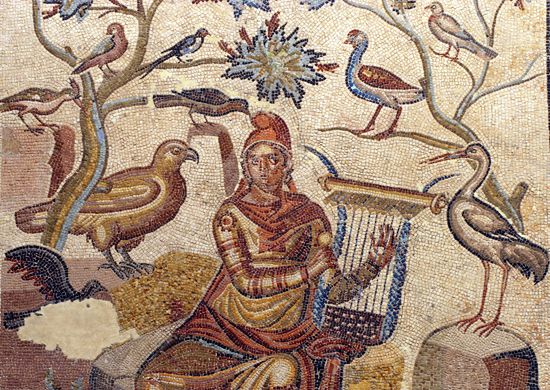
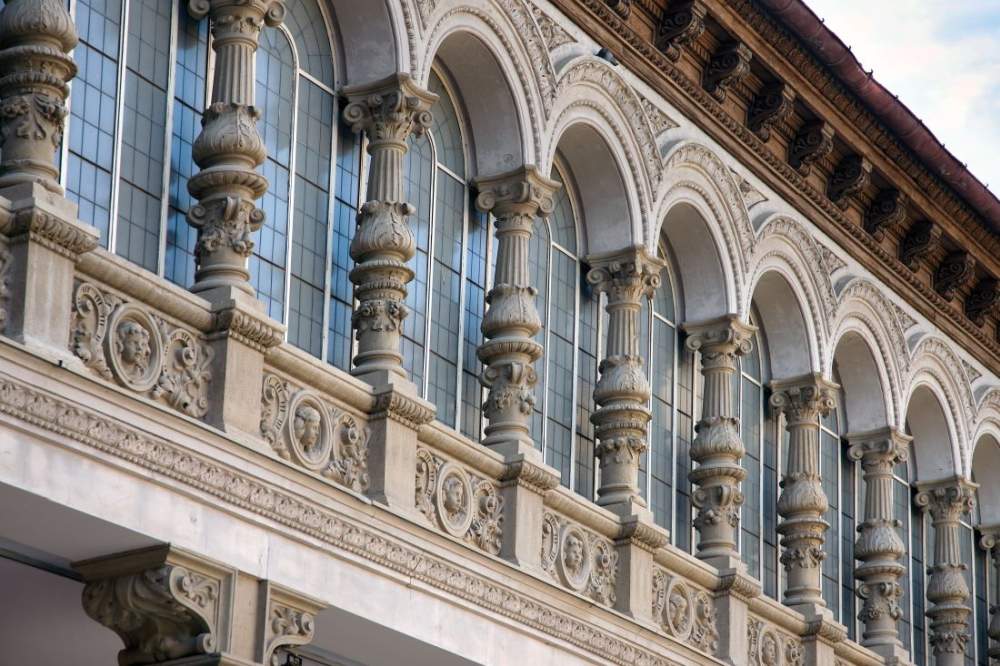
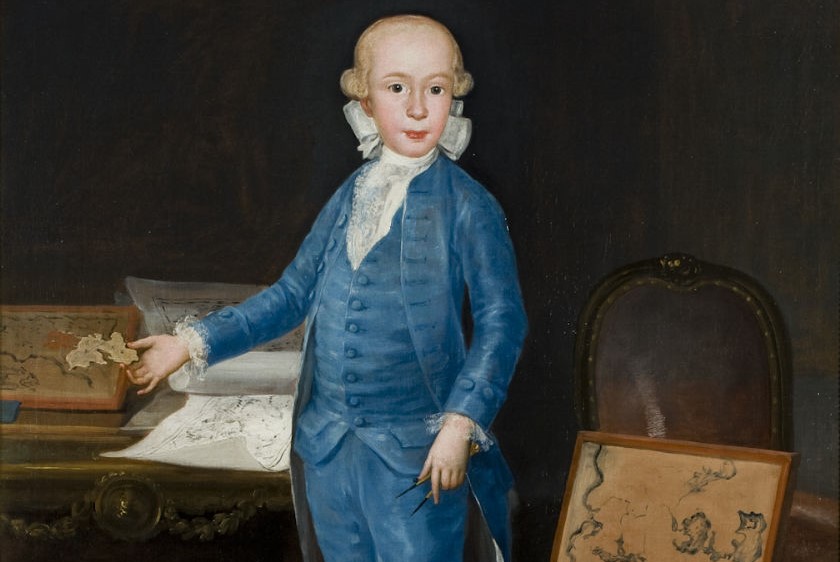
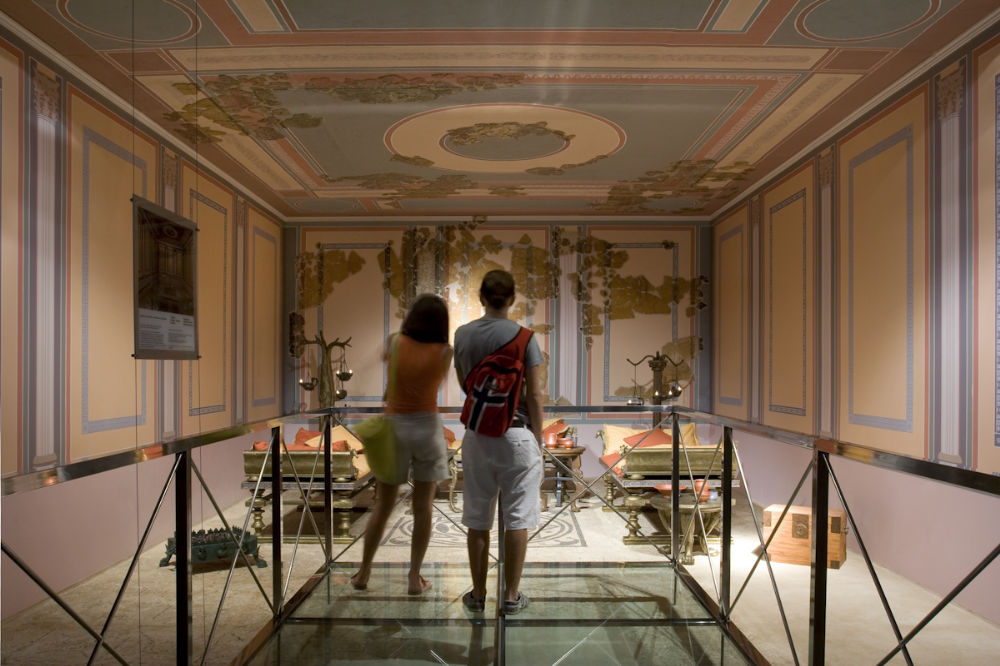
TEMPORARILY CLOSED
The main part is located at a Neo-Renaissance building designed in purpose for the Spanish-French Exhibition in 1908, by the architects Ricardo Magdalena and Julio Bravo.
It houses interesting collections of archeology and fine arts with works and funds from different parts of the province.
If you are a lover of Goya’s painting you ought not to miss the opportunity to know the works that are kept in the Zaragoza Museum. Some of the funds that you can admire are, among others, the portraits of Carlos IV and María Luisa de Parma, same size oil paintings painted in 1789. Both are a splendid example of Goya’s work as a painter of the King’s Chamber.
The portrait of Ferdinand VII shown in this museum is the largest of all known. Made between 1814 and 1815, it stands out both for its interesting play of lights and for the realism of the monarch’s expression. In the portrait of the Duke of San Carlos, José Miguel de Carvajal and Vargas, the short and dense brushstroke anticipates the forms of later artistic movements.
But the Zaragoza Museum also keeps for the visitor several works of religious theme and important funds of the artist’s graphic work (series of prints and copies of Velázquez), although only a few of them are exhibited.
In the archeology section there are pieces from prehistory to Muslim times, such as the Roman head of Augustus found in Turiaso (Tarazona) or the Botorrita bronze. From the Roman era the tourist can also admire the extraordinary collection of mosaics from Villa Fortunatus (Fraga).
The Zaragoza Museum also has three other locations. In the José Antonio Labordeta Park in Zaragoza lies the Casa Pirenaica (Pyrenees House) and the Casa de Albarracín (Albarracin House), which host the ethnology and ceramics sections respectively. In the town of Velilla de Ebro there is a last section of the museum where you will find the findings of the archaeological site of the Roman city of Colonia Celsa.
Map
Basic info
- Opening period: TEMPORARILY CLOSED.
- Price: free.
- Phone: 976 22 21 81.
Here you can find additional information
What to see near Zaragoza
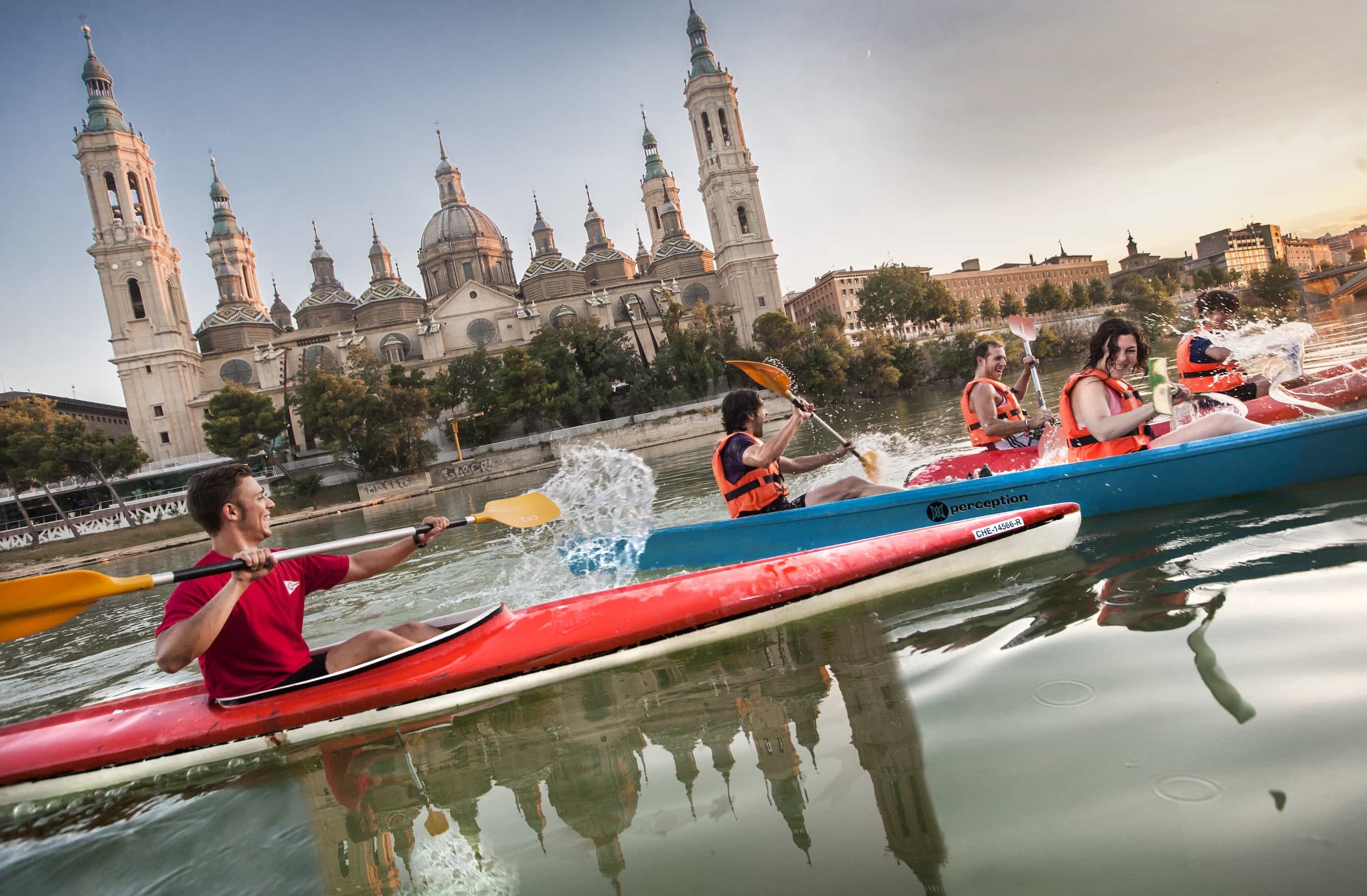
Zaragoza
Romans, Muslims, Jewish and Christians left their own print in this crossway, so the list of must-see monuments is endless
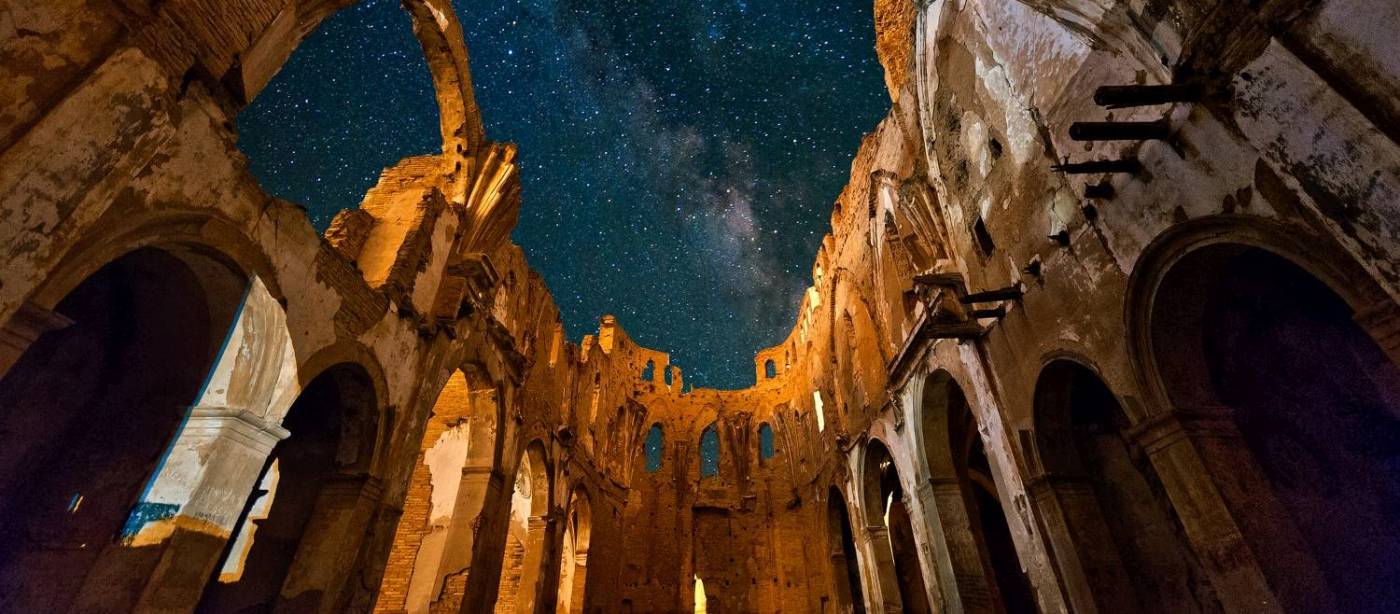
Belchite
Right beside the new town, famous old town is still standing, in ruins since it was bombed and wiped out…
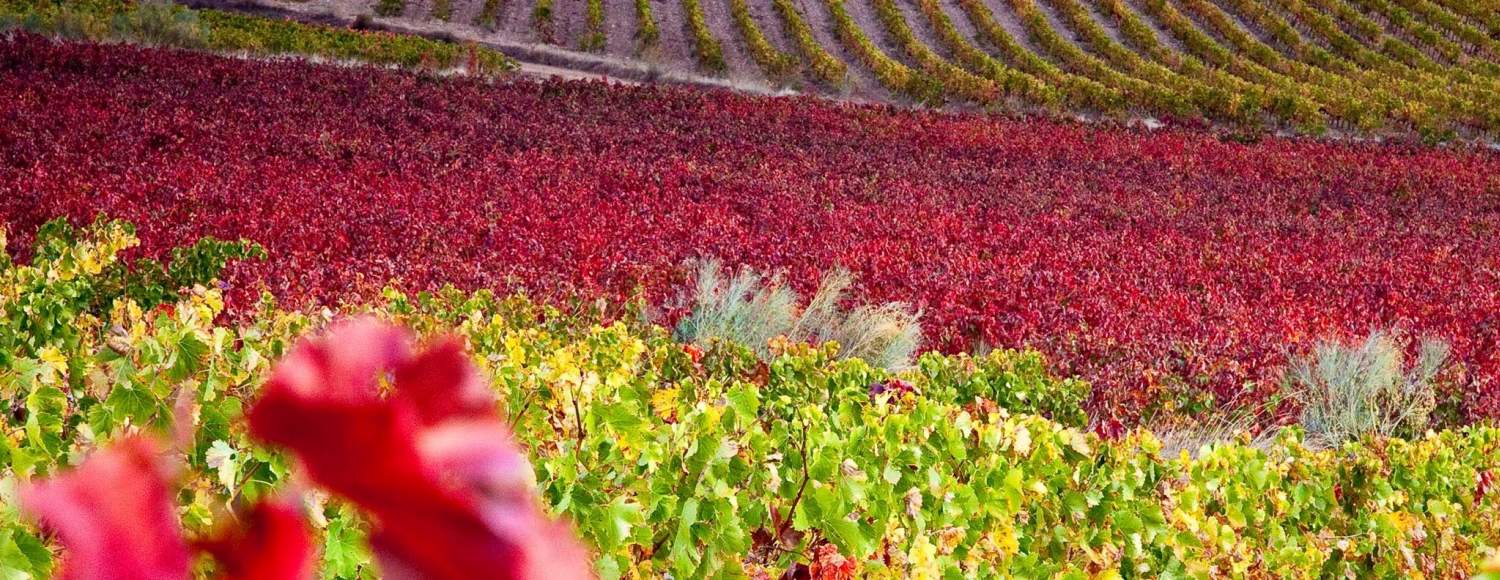
Cariñena’s Wine Route
Wine tradition in this land is deep-rooted, as Romans loved these wines. Visiting Cariñena during Vintage Celebrations will let you…
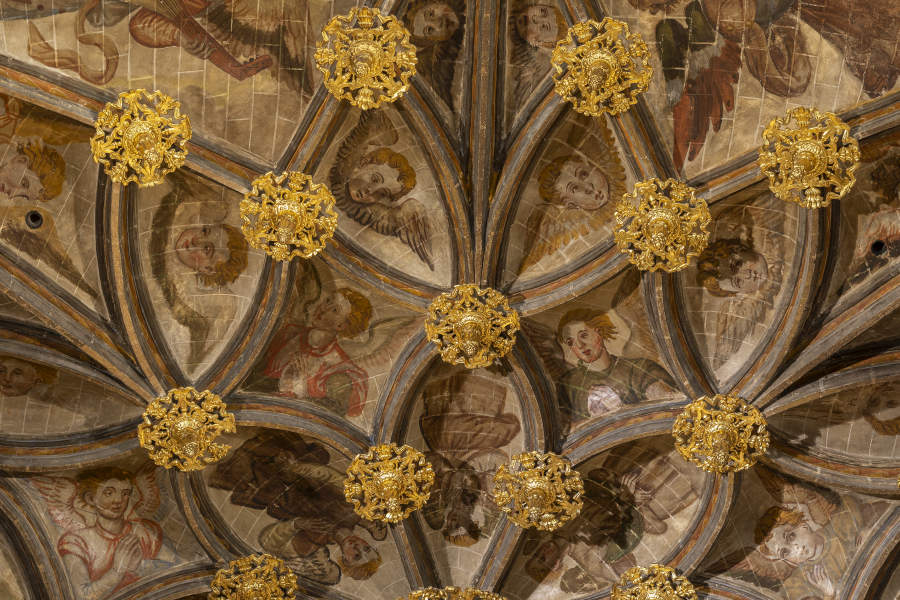
La Seo or Cathedral of Salvador
Built on the city's old mosque, it is an extraordinary compendium of seven centuries of art history, from the 12th…
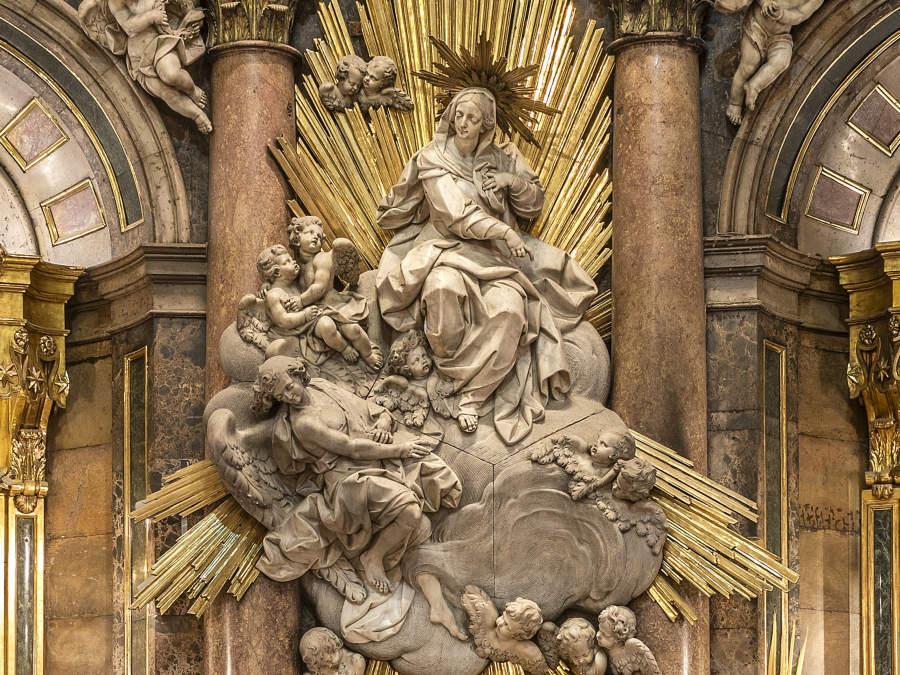
Pilar Basilica
According to an ancient tradition, the Pilar Basilica was built in the same place where Holy Mary is said to…

Zaragoza Aquarium
A Nile crocodile, more than three meters long, nice otters or naughty marmosets are some of the more than 300…
You may also like
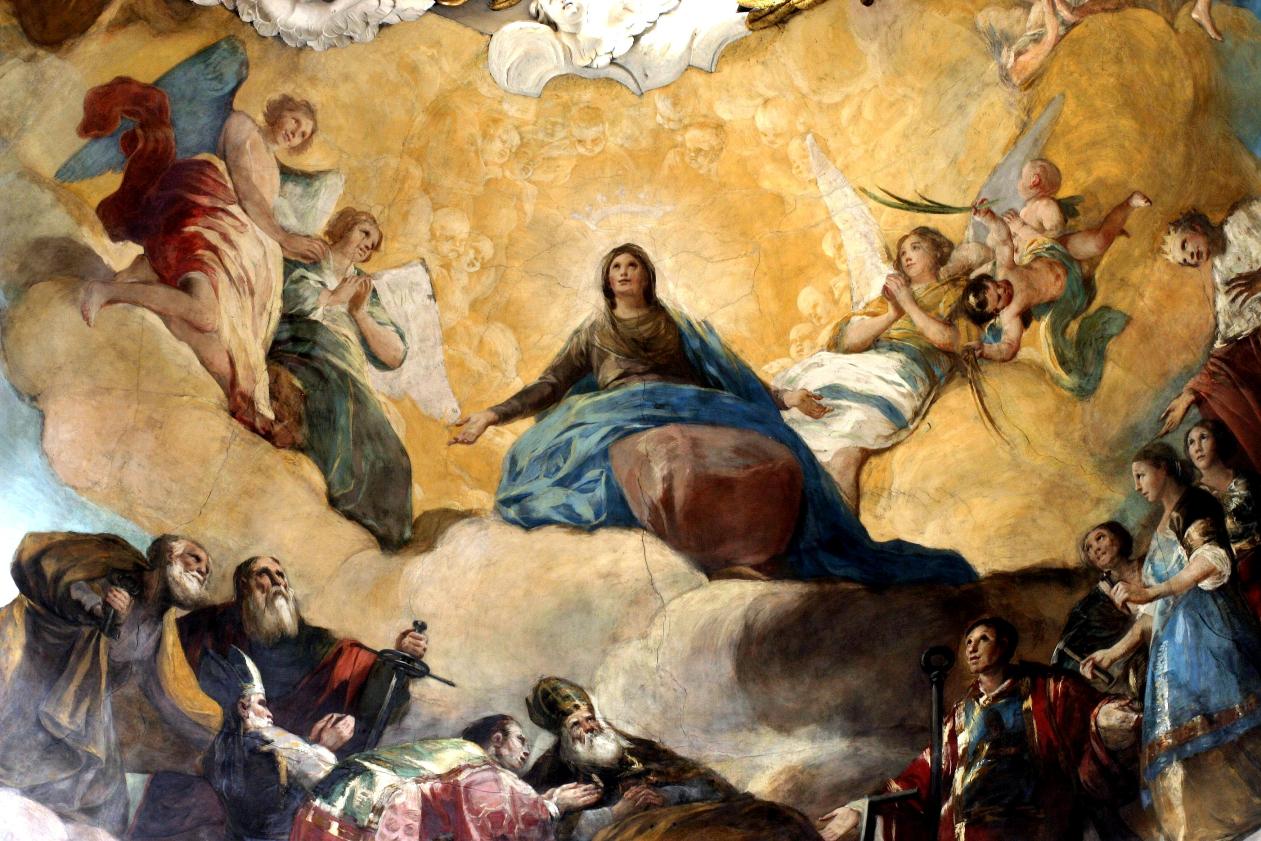
Goya in Aragon
We invite you to visit his origins and his legacy in this land. Come over his home place in Fuendetodos,…
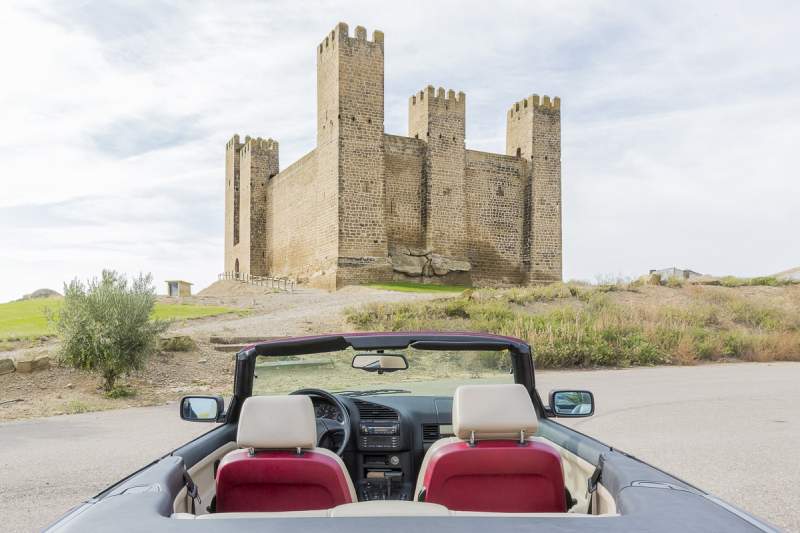
Aragón in 15 days
15 days to immerse yourself in cultural wealth and exuberant nature, discover its friendly people or taste its gastronomy
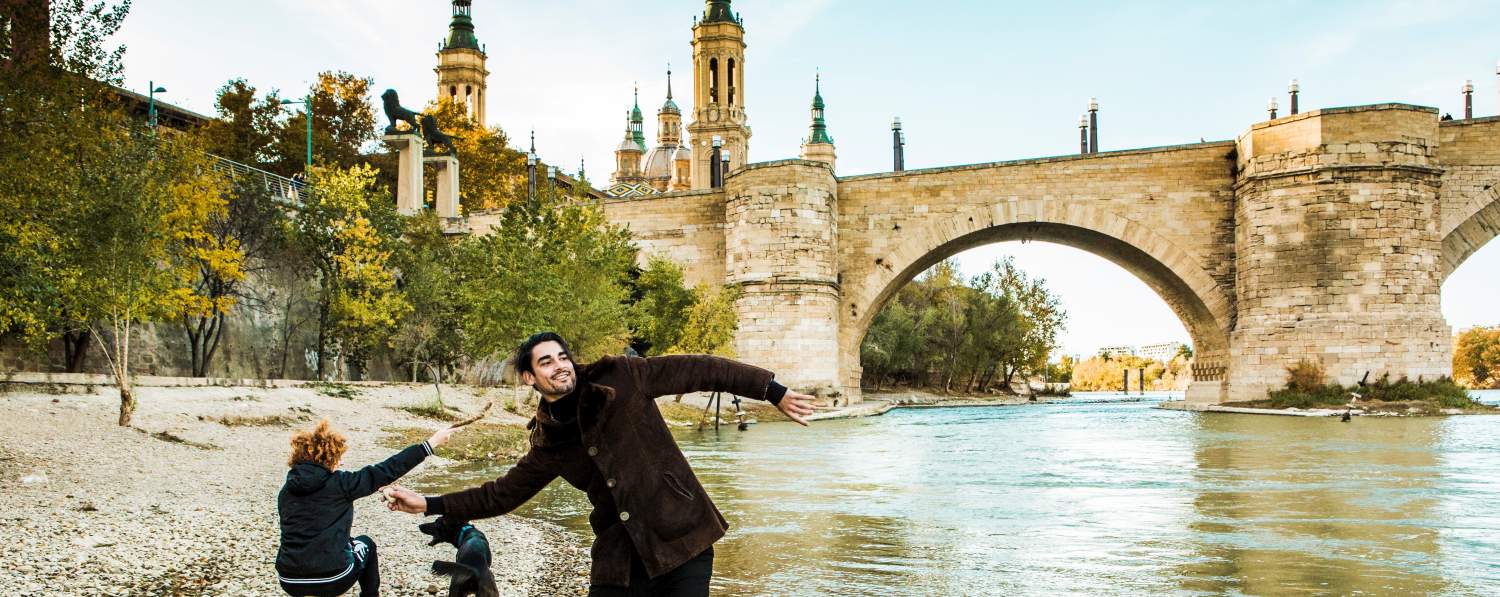
Zaragoza en 3 días
Más de 2000 años de historia avalan a la capital de Aragón como destino turístico de primer orden
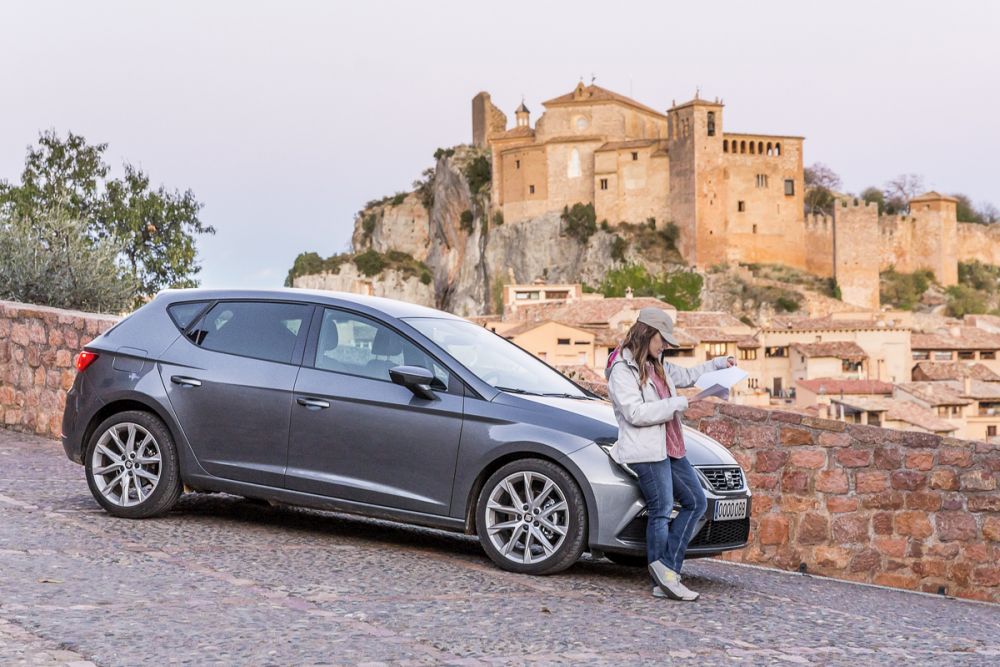
Aragón in 7 days
Do you have a week? Aragón has a lot to offer you. Go from north to south: the breathtaking beauty…
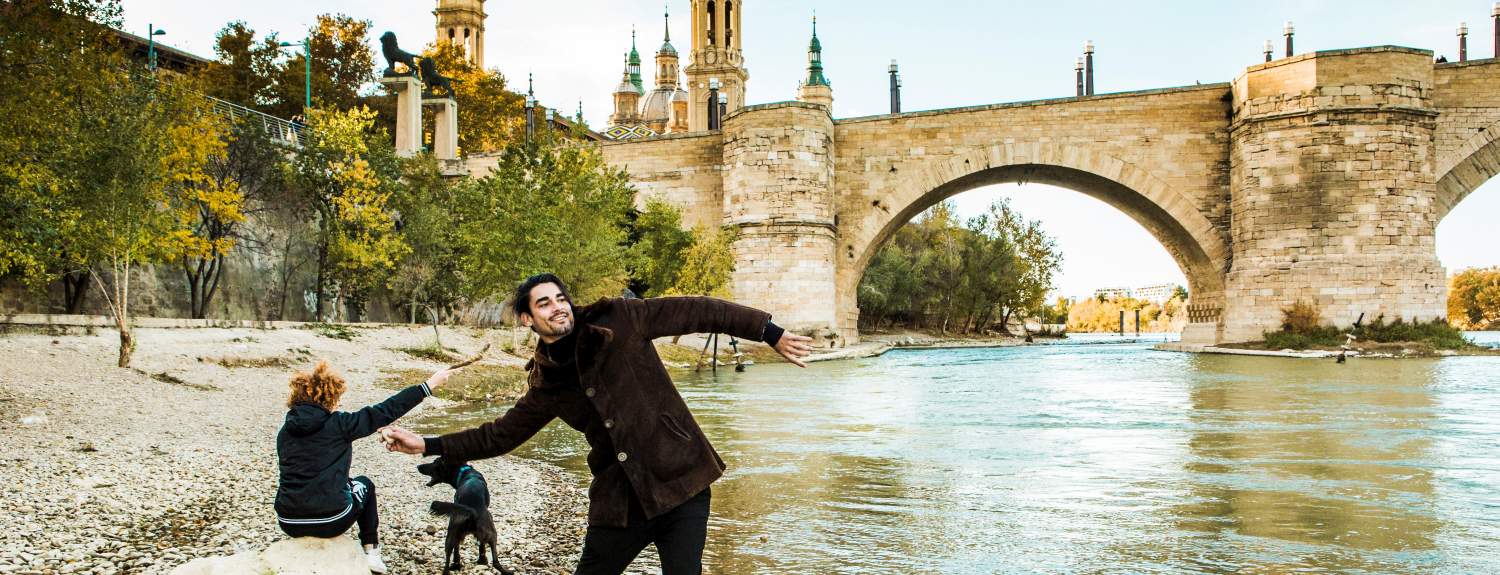
Province of Zaragoza
Romans, Muslims, Jewish and Christians left their own print in this crossway, so the list of must-see monuments is endless

Museos
